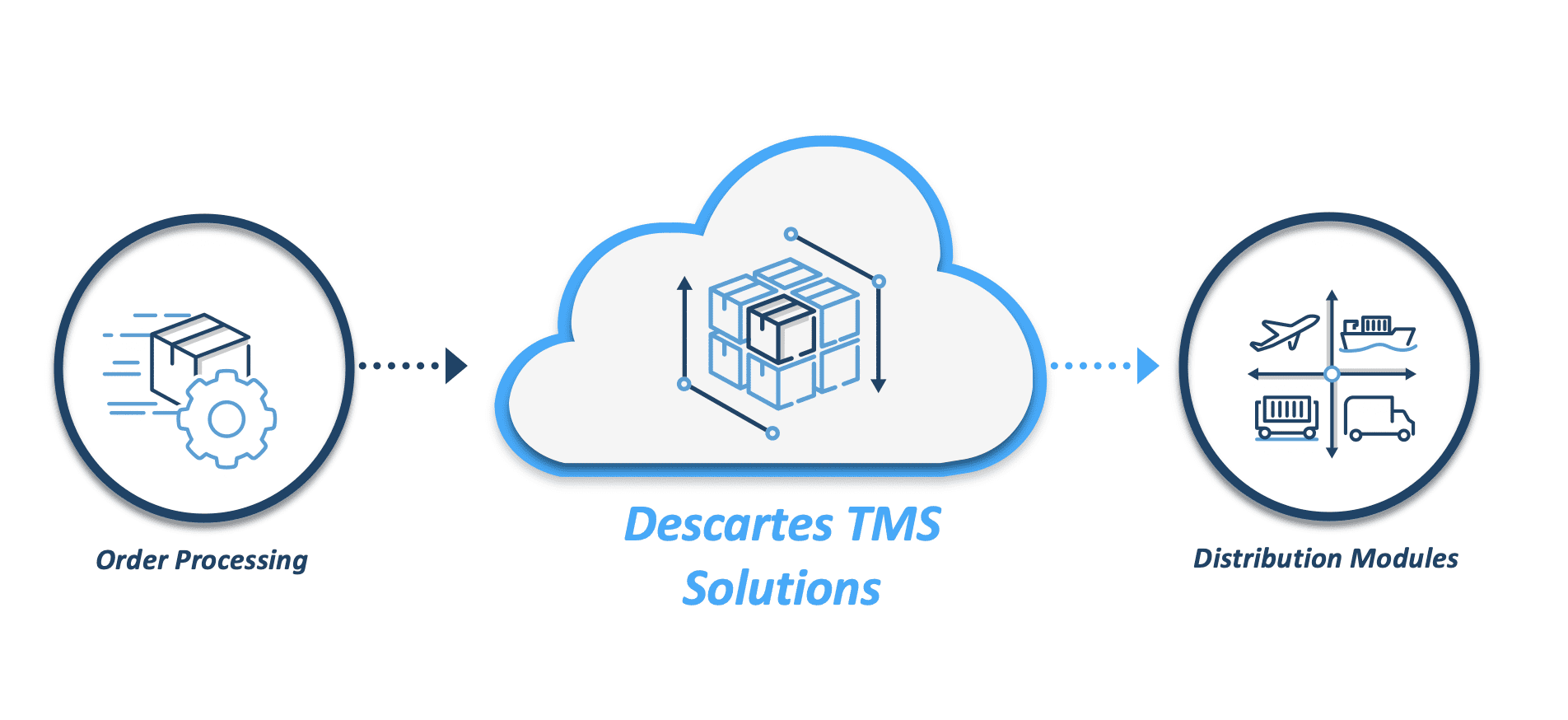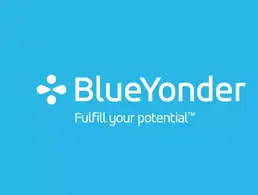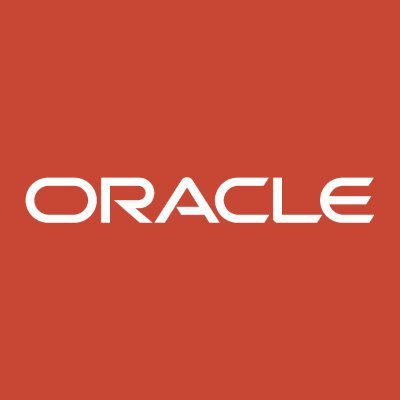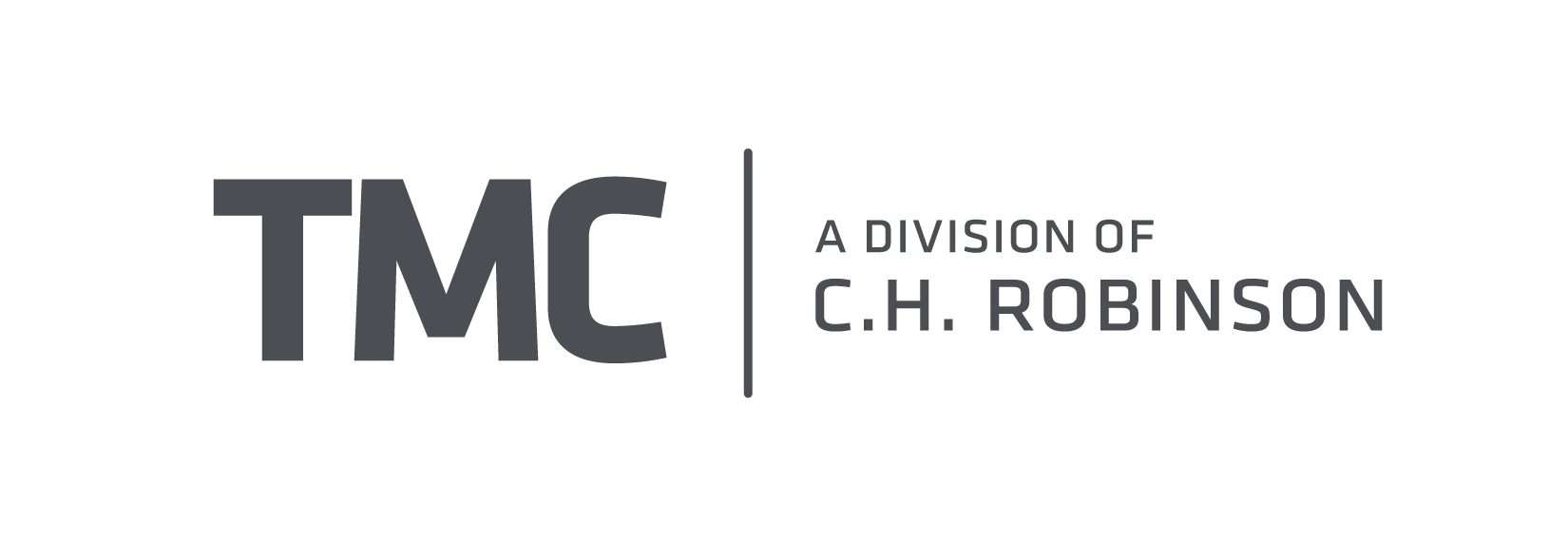As shippers seek to maximize their supply chain performance against the tough background of rising freight costs, constrained truck capacity, and changing and more complex customer needs, managed transportation services remain the top issue we discuss with them. As we make our way through the discussion of Managed TMS software, we are frequently asked what we feel are the top TMS software platforms in the business.
To assist customers in their TMS decision process to modernize their supply chain technology, we want to be as open and transparent as possible about the various TMS software alternatives so they can figure out which system is the best match for them since there is no one-size-fits-all solution.
Let’s go through the list and then have a quick chat on how to put together a requirements document.
TMS Software: Best Transportation Management System In 2022
1. 3Gtms

Shelton, Connecticut, is the company’s headquarters.
For omnichannel shippers, e-commerce enterprises, 3PLs, and freight brokers, a cloud-based supplier of end-to-end TL, LTL, and parcel capabilities For simpler administration of complicated shipping, the system conducts order management, freight planning, carrier rating, execution, and settlement from a single interface. With a low TCO, the software is employed in North America and globally.
2. BluJay

Manchester, United Kingdom, is the company’s headquarters.
This company provides standalone TMS software as well as managed TM services. capabilities that are both internal and international in nature. There are other BluJay supply chain execution packages that can be plugged into the TMS. Although it has the capacity to accommodate bigger shippers, its customer base tends toward mid-sized shippers and 3PLs.
3. Cloud Logistics

West Palm Beach, Florida is the company’s headquarters.
Another promising newcomer to the industry is Domestic truckloads are the primary emphasis. Rail, international ocean, and air travel are not currently available, but they are being developed. The total cost of ownership (TCO) is low.
4. Descartes

Waterloo, Ontario, Canada is the headquarters.
This company provides standalone TMS software as well as managed TM services. Shippers and 3PLs may rely on robust capabilities with both domestic and international capabilities to support all kinds of freight. TCO is a cost-effective option.
5. Blue Yonder

Scottsdale, Arizona, is the company’s headquarters.
The world’s largest independent provider of SCM software Large, complicated shippers and third-party logistics organisations can benefit from this robust platform. manages the requirements of the worldwide supply chain. When compared to other TMS software platforms, the total cost of ownership (TCO) is expensive.
6. Kuebix

Maynard, Massachusetts, is the company’s headquarters.
TMS software was created using the Salesforce platform. Because of its freemium TMS software offering, it has a large customer base, including many smaller shippers. Although they are primarily a TMS software provider, they do provide managed TM services through their TMS platform. With domestic and international capabilities, the focus is mostly on the United States. Its capabilities must be maintained and expanded.TCO is cost-effective.
7. Manhattan

Atlanta, Georgia is the company’s headquarters.
It has a long and illustrious history dating back over three decades. TMS software has interfaces with Manhattan supply chain systems right out of the box. It was primarily sold as an add-on to their WMS. The total cost of ownership (TCO) is rather high.
8. MercuryGate

Cary, North Carolina, is the company’s headquarters.
The majority of the company’s customers are from North America. For businesses of all sizes, a comprehensive platform that supports local and international modes of freight is vital. It continuously improves its powers. The cost of ownership is reasonable. Buyers should be aware of the versatility available and make the most of it rather than relying on bespoke code. TMS works with 3PLs, brokers, shippers, and private fleets.
9. Oracle

Redwood Shores, California, is the company’s headquarters.
A robust platform for big, complicated shippers and third-party logistics organizations, with medium-sized shippers and 3PLs on the horizon. handles global supply chain demands admirably. When compared to other TMS software platforms, the TCO is considerable.
10. SAP

Walldorf, Germany, is the company’s headquarters.
A solid platform that integrates with the company’s ERP and supply chain management software. robust platform for medium and large-complexity shippers, as well as third-party logistics providers. well-versed in global supply chain requirements. Descartes is a partner for some of their carrier communication functions. When compared to other TMS software platforms, the TCO is considerable.
11. TMC. Division of CH Robinson

Eden Prairie, Minnesota is the company’s headquarters.
TMS and TMC arose from the development of software to assist the brokerage segment. A robust TMS with a wide range of features to serve all local and international freight modalities. It offers both a standalone TMS and a managed TM service, but it is best known for its robust managed TM service. For standalone TMS customers, pricing might be perplexing, so ask plenty of questions and do your homework. The target market is medium-to-large shippers. TCO is in the middle to high range.
12. Trimble

Minnetonka, Minnesota, is the company’s headquarters.
A robust TMS that can accommodate non-asset and internal fleets for shippers and 3PLs, however, carriers and brokers are more likely to discover the solution. Domestically focused, primarily in North America
13. Transplace

Dallas, Texas is the company’s headquarters.
They’re most known for their managed TM service, but they’re also selling their TMS as a stand-alone platform. Domestic and international capacities were emphasized in North America, but international cooperation was achieved through a partnership. TCO is said to be quite affordable. the customer base of medium-to-large shippers.
TMS Requirements Documentation
With the best transportation management systems identified, purchasers must create a requirements document in order to make an impartial selection. Too frequently, we see firms making decisions based on their flair and excitement, which leads to inferior results.
There are several TMS software requirements papers available, and we’ve included a few from the main TMS providers above:
The documents are a good start, but you’ll want to build on them, such as assigning a 1 to 10 grade to each need depending on its importance to your firm. The significance of numbering is that it will aid in making an objective judgment once all of the replies have been received, as it will provide you with an overall score of “fit for your firm.”
There are two factors to remember about scoring: it must be completed before the requirements document is sent out, and TMS suppliers should not see the ratings until they have completed it. It’s possible that omitting one or the other will result in inadvertent bias after the fact.
In a TMS software Requirements Document, Include the Following
Functionality:
Functionality in general,
- Intercompany, inbound, and outbound
- Support for Freight Modes
- Capabilities on both a national and international scale
- Language
- Currency
- (Geographic Information)
- Cloud computing or mainframe computing are examples of technology architecture.
- Scalable
- Flexible
- Integration Ease is a term that is used to describe how easy it is to
- Spreadsheets, FTP, EDI, XML, and OCR of other documents are all supported.
- Management of Documents
- Freight Specifications: Capture
- How many fields are there and how flexible are they?
- Inbound Management Support PO’s
Ratings and Contracts
- Bid, RFP Optimization and Freight Sourcing Tools
- Domestic and international modes are supported.
- Carrier Freight Rating and Contract Management
- Integration of Load Boards
- Capability to Convert Quotes to Loads Immediately
Tactical and Strategic Planning
- Analytical Tools for Strategic Planning
- Tactical Planning Tactical Execution
Planning and executing operations
- Order Management for Freight
- Stop-Offs, Pooling, and Consolidation
- Daily Operational Planning and Optimization
- Communication and Carrier Assignment
- Scheduled appointments
The Engine of Optimization
- Data to Take into Account When Optimising
- Is it possible to move from optimization to execution right away?
Non-Asset Requirements for Dedicated Fleet Optimization
Reporting and Transparency
- Tracking and tracing
- Exception Reporting and Alerts
Portals on the Internet
- Customers are assigned and branded.
- Based on the User ID, assign
Settlement
- Freight Audit, Payment, and Settlement of Freight
- Support for OCR and Document Management for Carrier Invoices
- Customers’ Billing
- Electronic, email, EDI, mail, and so on are all examples of electronic communication.
Analytics
- Analytics
- Reporting that is configurable and adaptable
- Ad-Hoc
- Static
- Dashboards
- Advanced Analytics to Support Strategic Planning
After you’ve gotten all of the replies, look over the findings and ask your questions about the aspects that were important but weren’t part of the TMS’s core functioning. The following are the most important aspects of delving deeper into the discovery process with TMS suppliers:
- Is it possible for the software vendor to create bespoke code?
- How much will it set you back?
- Is it something they’re willing to include in the main code?
This is a crucial element that is frequently overlooked. The reason for this is that if the code is not included in the basic code, any modifications performed by the TMS software provider in the future version may be difficult and costly for you to implement. If you fall behind in the update cycle for too long, your TMS will become obsolete and hence uncompetitive.
You’ll want to demo and fine-tune your decision once you’ve narrowed it down to the top three providers.
Throughout the procedure, ask yourself the following questions:
gives you a clear understanding of your entire ownership costs.
- give you a thorough grasp of the customers with whom they like to deal and whom they wish to include in their portfolio.
- This allows you to get to know the folks you’ll be working with during the integration and for long-term support, as well as where they’re headed with their platform.
- gives you confidence that you’re making the best option possible for your team and the organisation to which you’re providing the solution, both now and in the future.
- What is the procedure for implementing a TMS?
How long will it be before your organization starts to reap the rewards?
After all, you should treat TMS software and any other software that drives an operation like a marriage, since the right decision will lead to a mutually beneficial and successful partnership for many years to come, whereas a divorce would be both painful and costly.

